What Is an Analog Front End (AFE)?
An analog front end (AFE) is a set of analog circuits that connects a device that detects signals, such as a sensor, to a device that processes digital signals.
It is sometimes called an AFE from the initial letters of “analog front end.” AFE is sometimes called a “signal conditioning circuit” because its main role is to adjust the analog signal output from a sensor in order to connect it to a digital circuit.
Since analog signals detected by sensors and other devices are very weak and often contain many noise components, it is necessary to adjust these analog signals by removing noise, amplifying, and so on.
Usage of Analog Front End (AFE)
An analog front end (AFE) is used to control various sensor modules.
The current era is often referred to as the IoT era, and among the many sensor modules, IoT sensor modules play an important role in the IoT era. The basic system configuration is to detect physical phenomena as analog values using sensors, convert them to digital signals, process them digitally using a microcontroller, and then upload them to the cloud using a wireless communication chip.
In this configuration, the AFE plays an important role along with the sensor and wireless communication chip, and in order to improve the performance of the IoT sensor module, it is necessary to design the AFE appropriately so that digital processing can be performed while extracting as much of the sensor’s characteristics as possible.
Principle of Analog Front End
The principle of the AFE is based on various circuit innovations to connect the analog information of the sensor output value with the digital circuit accurately. Specifically, since general sensor outputs are noisy and the signals themselves are weak, it is necessary to use filters and amplifiers for noise reduction and signal amplification. The necessary circuits are integrated in an AFE and then combined with an A/D converter for converting analog signals to digital values.
The A/D converter is generally of the delta-sigma modulation type, and the circuit scale is usually from 16 to 32 bits, depending on the amount of data to be handled. Amplifier circuits include instrumentation amplifiers, operational amplifiers, and trans-impedance amplifiers, which have several switching functions and gain adjustment functions to adjust a wide range of sensor signals.
The AFE itself must operate with digital circuits for serial communication control such as SPI, and digital circuits for serial interface are also provided for this purpose.
Other Information on Analog Front End
Semiconductor chips are often high performance, and AFE includes discrete products with a high degree of freedom, as well as integrated products that integrate many functions. Multiple integrated functions are relatively easy to use.
Highly integrated AFE chips are also available in the market, such as those that integrate analog front ends into pressure sensors, temperature sensors, and other high-performance products. Amplifiers, A/D converters, and other components are integrated into a single chip, which has functions such as adjusting the characteristics of the AFE section and current source according to the characteristics of the sensor element. The reason for this is that sensor elements generally have various output variations depending on temperature and intensity. The compensation function is also a very important characteristic for AFE.
In addition, there are a wide variety of analog front ends for optical sensors, including those that are integrated with optical elements and available as a package, and those that do not include optical elements and only provide AFE functions, allowing the user to select the optical elements freely, to be connected.
 An IGBT module is a highly integrated module that combines multiple
An IGBT module is a highly integrated module that combines multiple 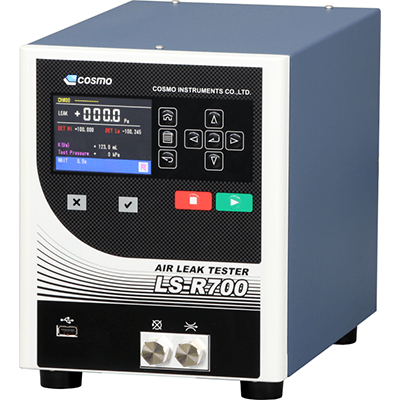 An air leak tester is a device to detect air leaks from inside an object.
An air leak tester is a device to detect air leaks from inside an object.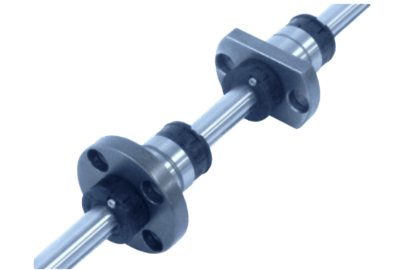
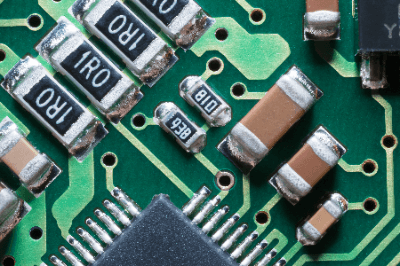 Chip resistors, also called surface mount resistors, are rectangular resistors with a metal film as a resistive element on a small
Chip resistors, also called surface mount resistors, are rectangular resistors with a metal film as a resistive element on a small 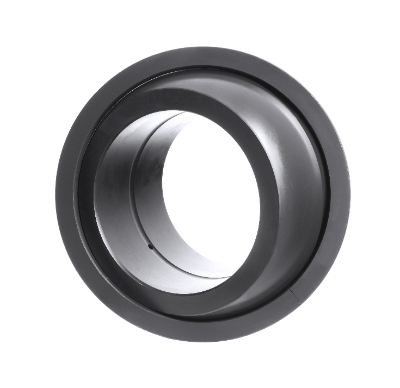 Plain bearings are
Plain bearings are 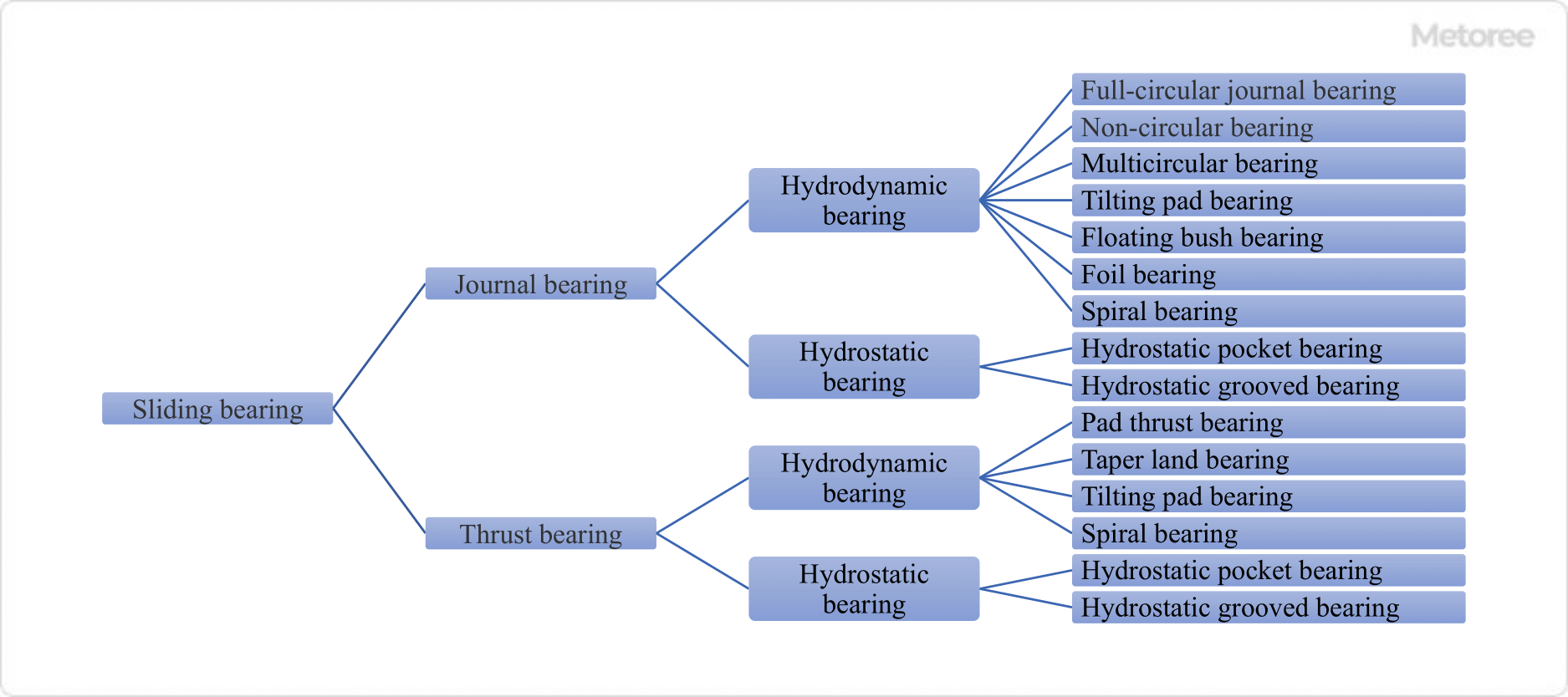
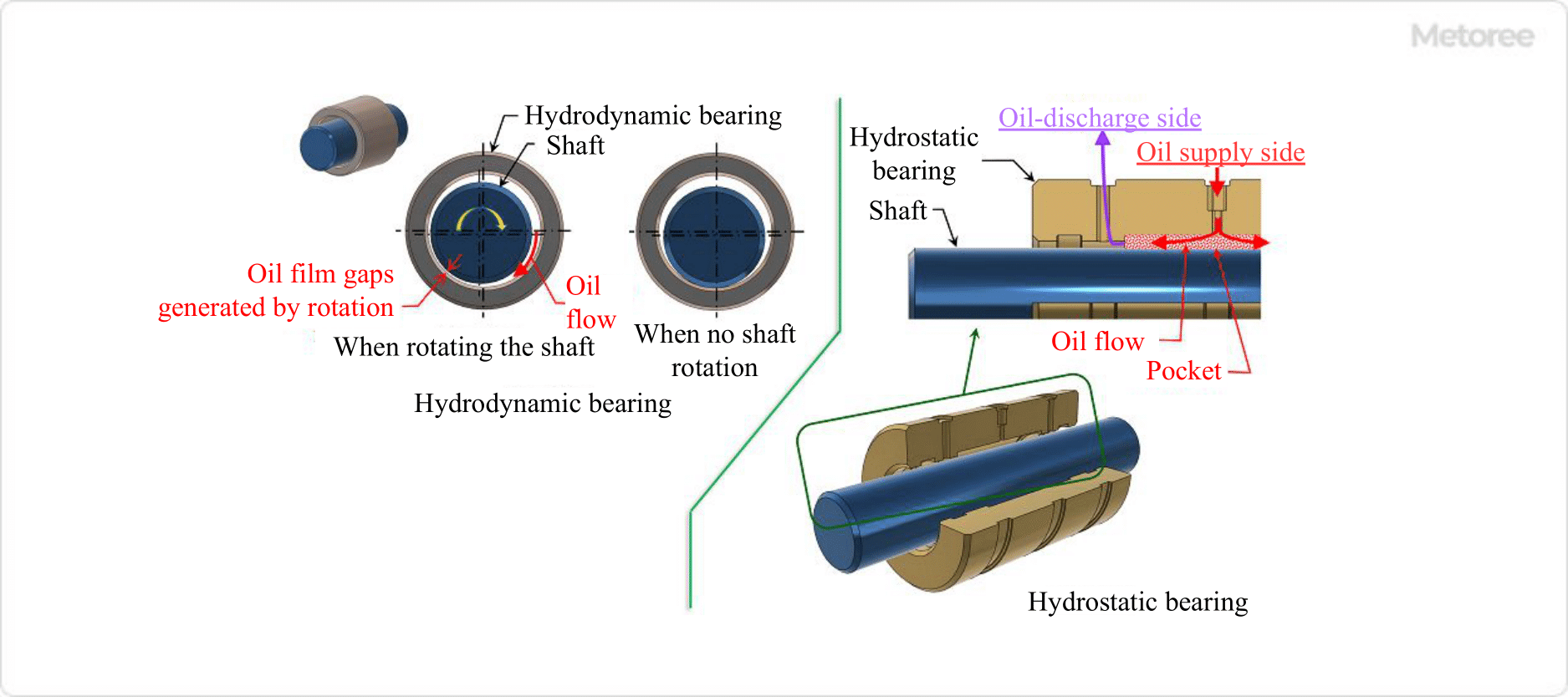
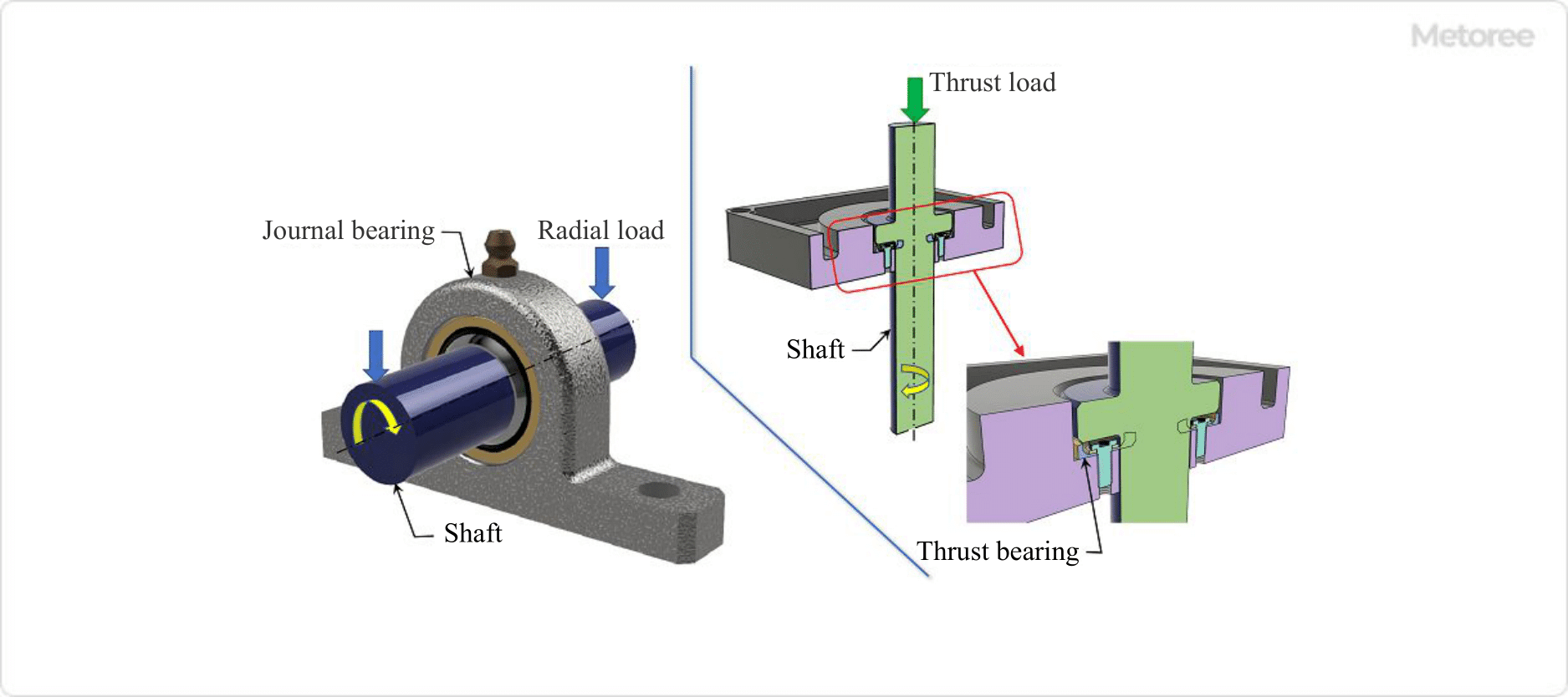

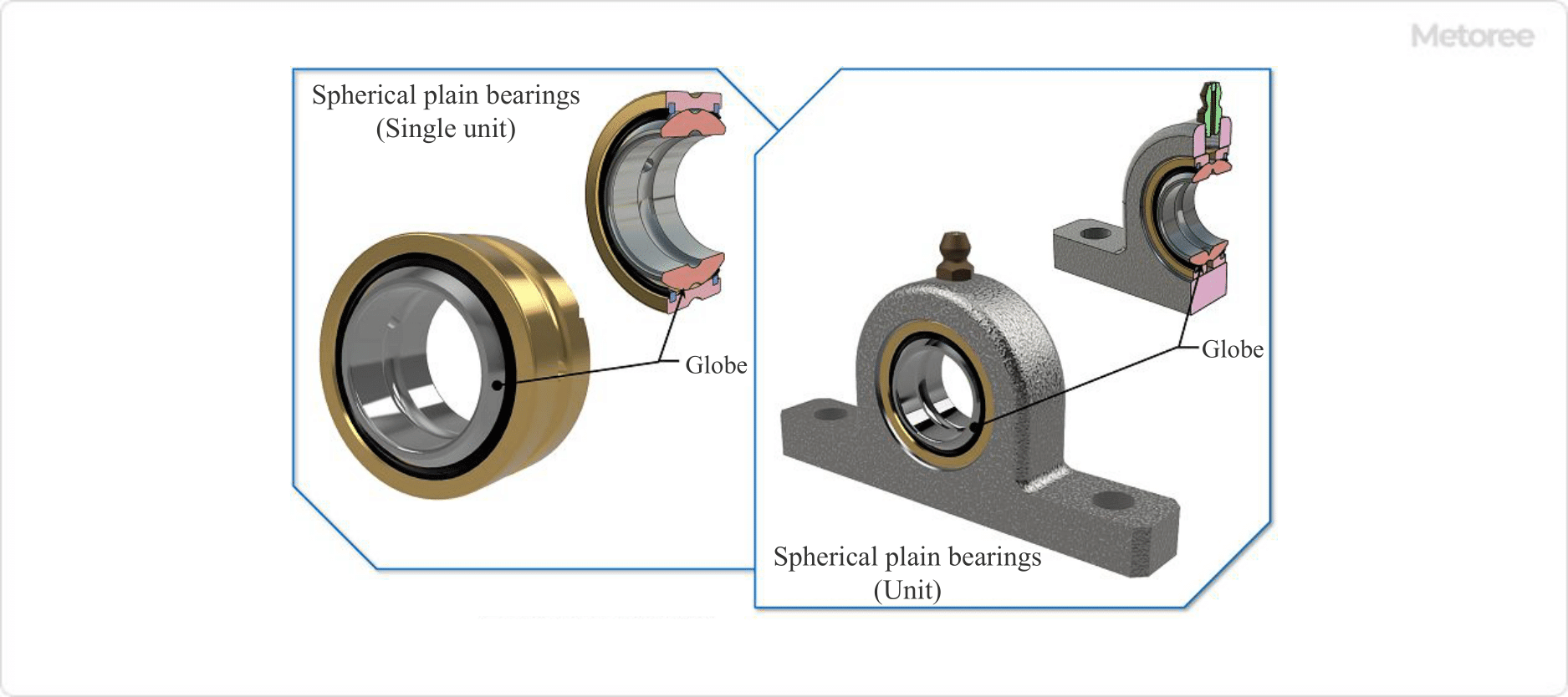
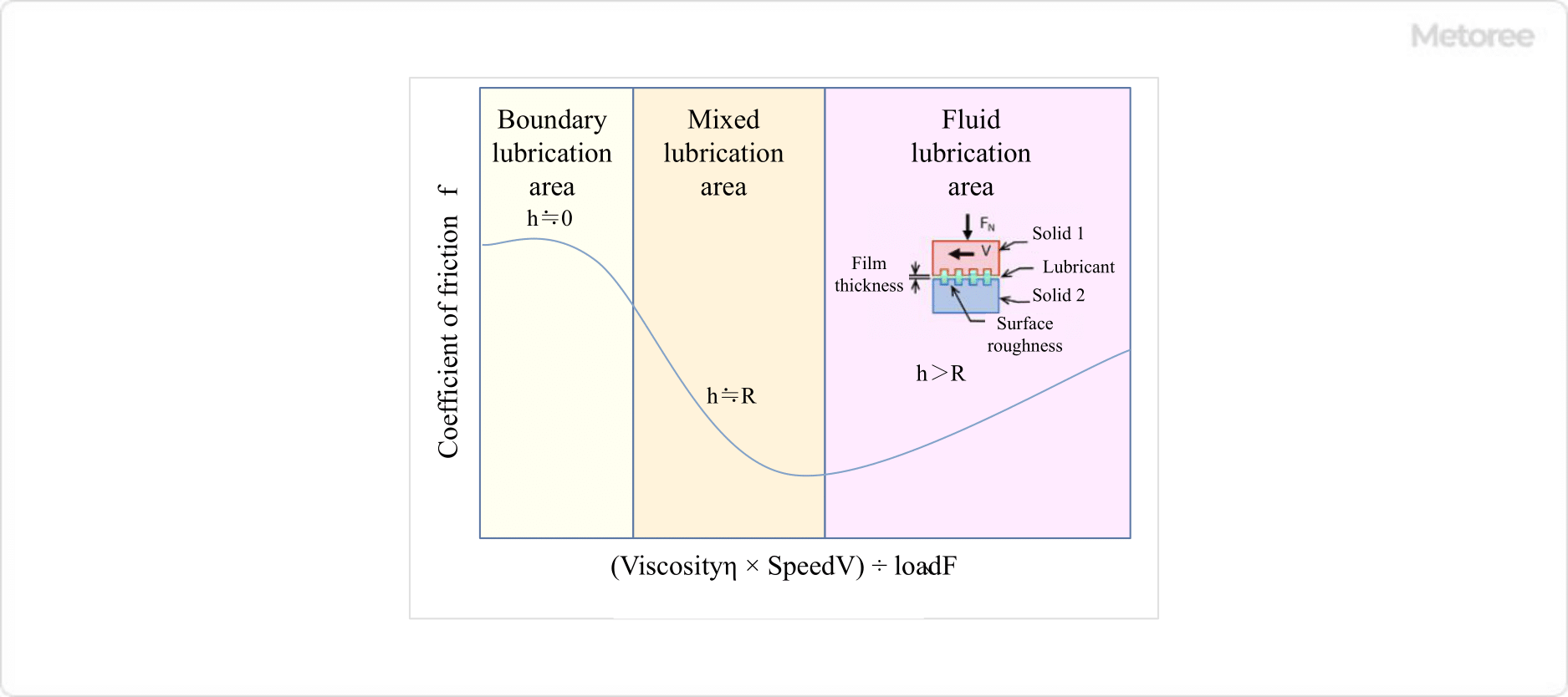
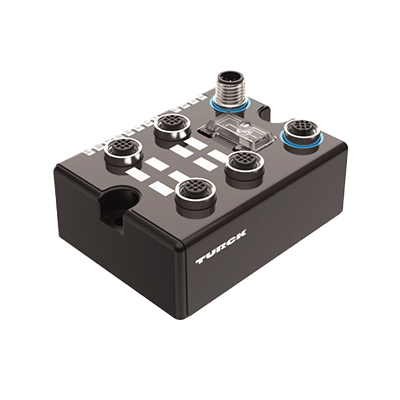 Fieldbus Components are a bus system that connects field devices, such as sensors and
Fieldbus Components are a bus system that connects field devices, such as sensors and 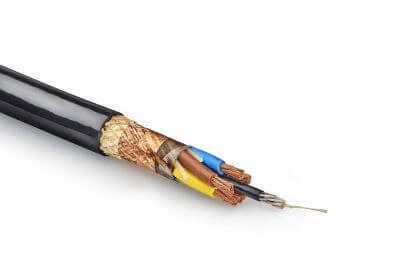 A shielded cable is a cable in which the metal conductor portion that transmits signals and power is covered with a grounded metal layer.
A shielded cable is a cable in which the metal conductor portion that transmits signals and power is covered with a grounded metal layer.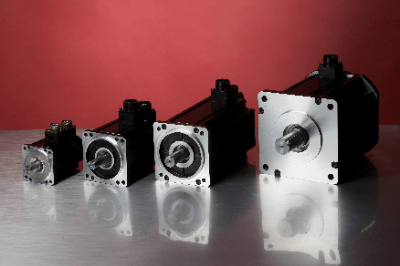
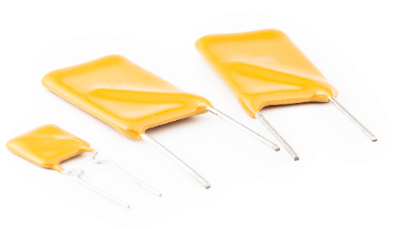 A resettable fuse is an electronic component that can be used repeatedly while serving as a
A resettable fuse is an electronic component that can be used repeatedly while serving as a